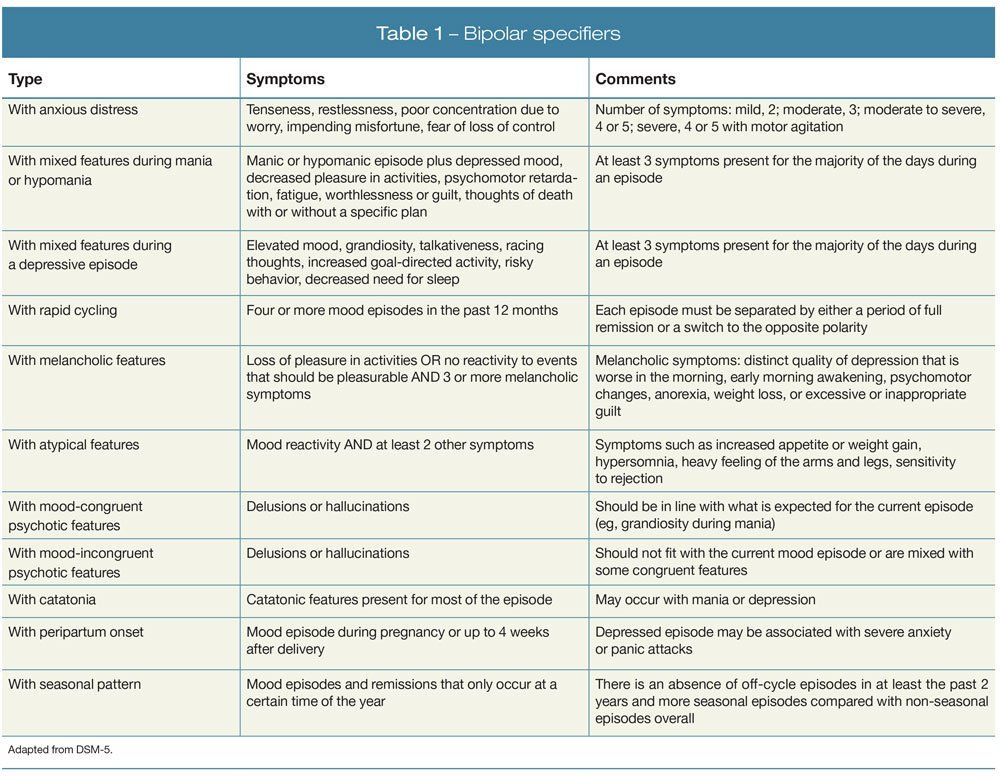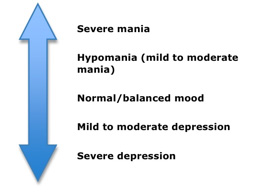Learn about their side effects and benefits. Common side effects include increased urination shakiness of the hands and.
/bipolar-disorder-how-often-do-people-cycle-3788142-c4da3009853b4ee888457dee0727e260.png) How Often Do People With Bipolar Disorder Cycle
How Often Do People With Bipolar Disorder Cycle
Whether you have bipolar I or II medications may include.

Bipolar 1 disorder medications. Psychotherapy often is used in combination with medications. Several types of medication can help treat symptoms of bipolar disorder. Medications should be combined with nonpharmacological treatments such as.
Children should take the fewest number of medications. Mood stabilizers are often the first drugs used in treatment. You may take these for a long time.
Anxiety medications help to make people less anxious and also help to ease restlessness and worrying. Youll typically need mood-stabilizing medication to control episodes of mania or hypomania which is. This is followed by information on antipsychotic and antidepressant medications which are also frequently utilized in the treatment of bipolar disorder.
If a person is not treated episodes of bipolar-related mania can last for between 3 and 6 months. In these disorders it reduces the risk of suicide. Learn more about psychotherapy at.
Some children may need more than one type of medication because their symptoms are complex. The post titled Bipolar Disorder Medication. Lithium is taken orally.
Regular therapy a healthy diet exercise and MOST OF ALL mood stabilizing medications such as. Although there are emerging treatments for bipolar depression such as ketamine and TMS lithium remains the only medication associated with lowered suicide rates in bipolar disorder. Children respond to medications in different ways so the right type of medication depends on the child.
People with bipolar disorder often need to try a number of medications to find one that is suitable for them. What You Should Know provides information about mood stabilizing medications and their side effects. Some types of psychotherapy eg interpersonal social rhythm therapy can be an effective treatment for bipolar disorder when used with medications.
Medications for bipolar disorder include lithium anticonvulsants antipsychotics antidepressants and ketamine. Bipolar II disorder defined by a minimum of one hypomanic episode and one major depressive episode has only one diagnostic code. Lithium can greatly reduce the frequency and severity of Bipolar I episodes.
Episodes of depression tend to last longer often 6 to 12 months. Your psychiatric care provider may add an antipsychotic medication such as olanzapine Zyprexa. They are primarily used to treat bipolar disorder and treat major depressive disorder that does not improve following the use of antidepressants.
Other treatments may include antipsychotics or antidepressants. Doctors usually treat bipolar disorder with a combination of medications and psychotherapy. Lithium goes by the generic names lithium carbonate capsules and.
Manic episodes in bipolar I disorder require treatment with drugs such as mood stabilizers and antipsychotics and sometimes sedative-hypnotics which include benzodiazepines such as clonazepam or. These medications even out the troughs and the peaks of mood swings to keep you on a more even keel. But with effective treatment episodes.
76 Zeilen The most effective treatment for bipolar disorder is a mood stabilizing agent. Anxiety medications also called anti-anxiety medications or anxiolytics are prescribed for anxiety disorders as well as for people who have anxiety along with bipolar disorder or major depression. Lithium compounds also known as lithium salts are primarily used as a psychiatric medication.
Aspirin or other blood thinning medications Mood stabilizers such as EquetroTegretol or Lamictal Barbiturates Cyclosporine Neoral or Sandimmune Fluoxetine Olanzapine Symbyax Dizziness Drowsiness Dehydration Headache Nausea Sweating MAOI antidepressants Antipsychotics such as Mellaril Pain medications Sleep medications Blood pressure or heart medications. Understanding clinical and demographic risk factors for suicide in bipolar disorder remains the best way to prevent suicidal behavior. Treatment for bipolar disorder aims to reduce the severity and number of episodes of depression and mania to allow as normal a life as possible.
Treatment options for bipolar disorder. Can offer support education skills and strategies to people with bipolar disorder and their families. This means children may need to try different types of medication to see which one works best for them.


